Visiting the cricket farming model of Ms. Luong Thi Doan's family in A Ha village, Lien Son commune, the group of reporters could not help but be surprised when in an area of only more than 50 square meters With 40 cricket cages, her family sells dozens of kilograms of commercial crickets every month.
Ms. Doan shared that in the past, due to limited land, during the off-season she often had to work in other provinces, far from home, with no one to take care of her children, but her income was just enough to live on.
In 2021, through introductions and research on social networks, Ms. Doan learned about the model of raising crickets for meat and selling seeds. Seeing that the investment capital was low and the techniques were not too complicated, she decided to borrow money to build a cricket farm. Taking advantage of locally available food sources such as cassava leaves and corn, the crickets on Ms. Doan's family farm all grew and developed well.
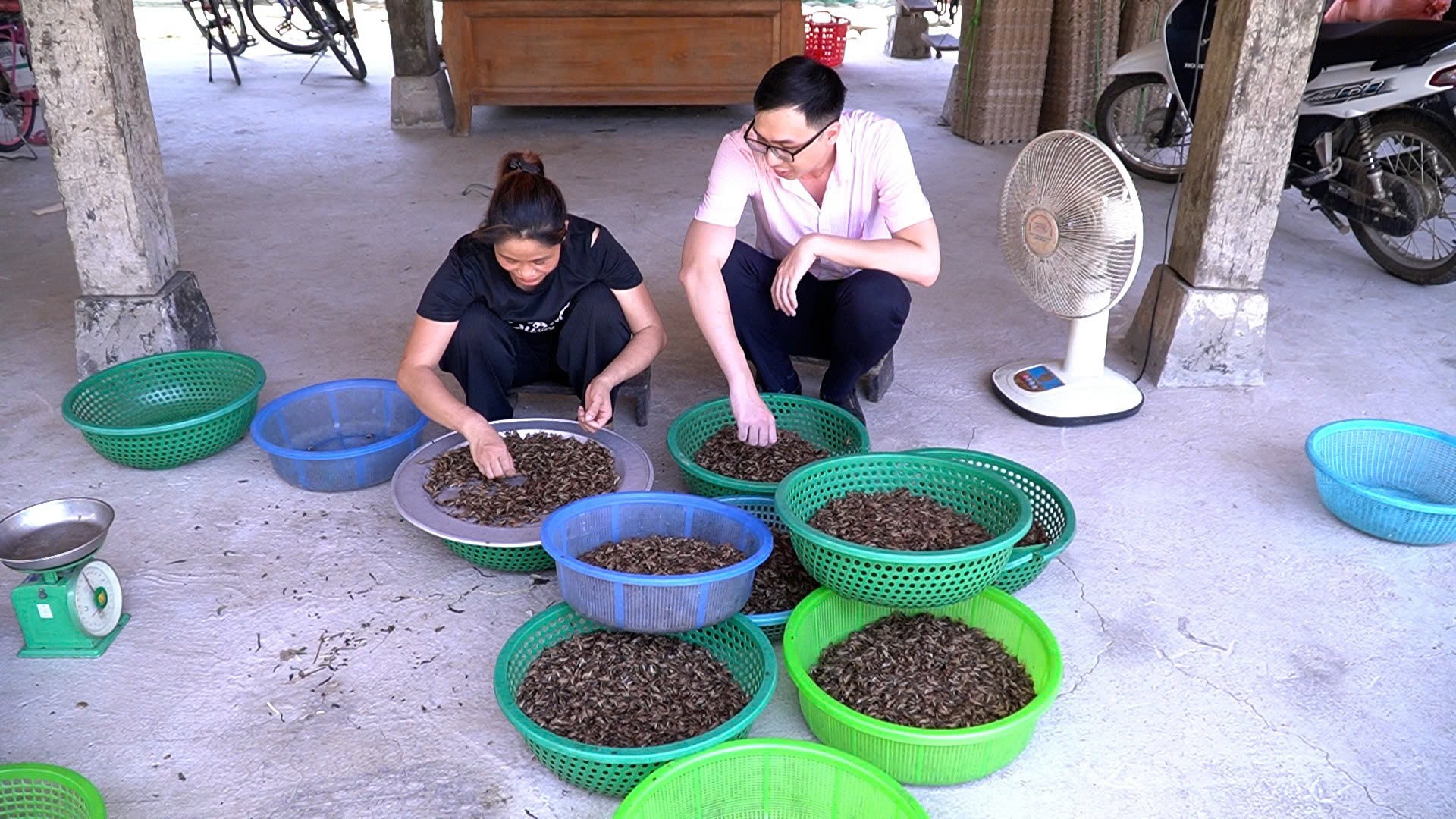
“Crickets grow quickly and can be harvested after about 40 to 50 days. With a market price of 120,000 VND per kilogram, it brings in a profit of 15-18 million VND, which translates to over 100 million VND in revenue per year,” Ms. Doan said excitedly.
After nearly 4 years of raising crickets, Ms. Doan found that crickets rarely get sick. After breeding, they only need to be fed regularly and can be harvested after 40 to 50 days.
Her family has converted the entire rice field to grow cassava to raise crickets. In addition to cassava leaves, crickets can also eat water spinach, grass, ground corn, bean dregs and rice bran.
Crickets are sold as fishing bait and for processing into "specialty" dishes. Ms. Doan said that there were times when supply could not meet demand.
Currently, her family still maintains 40 cricket cages to meet market demand.
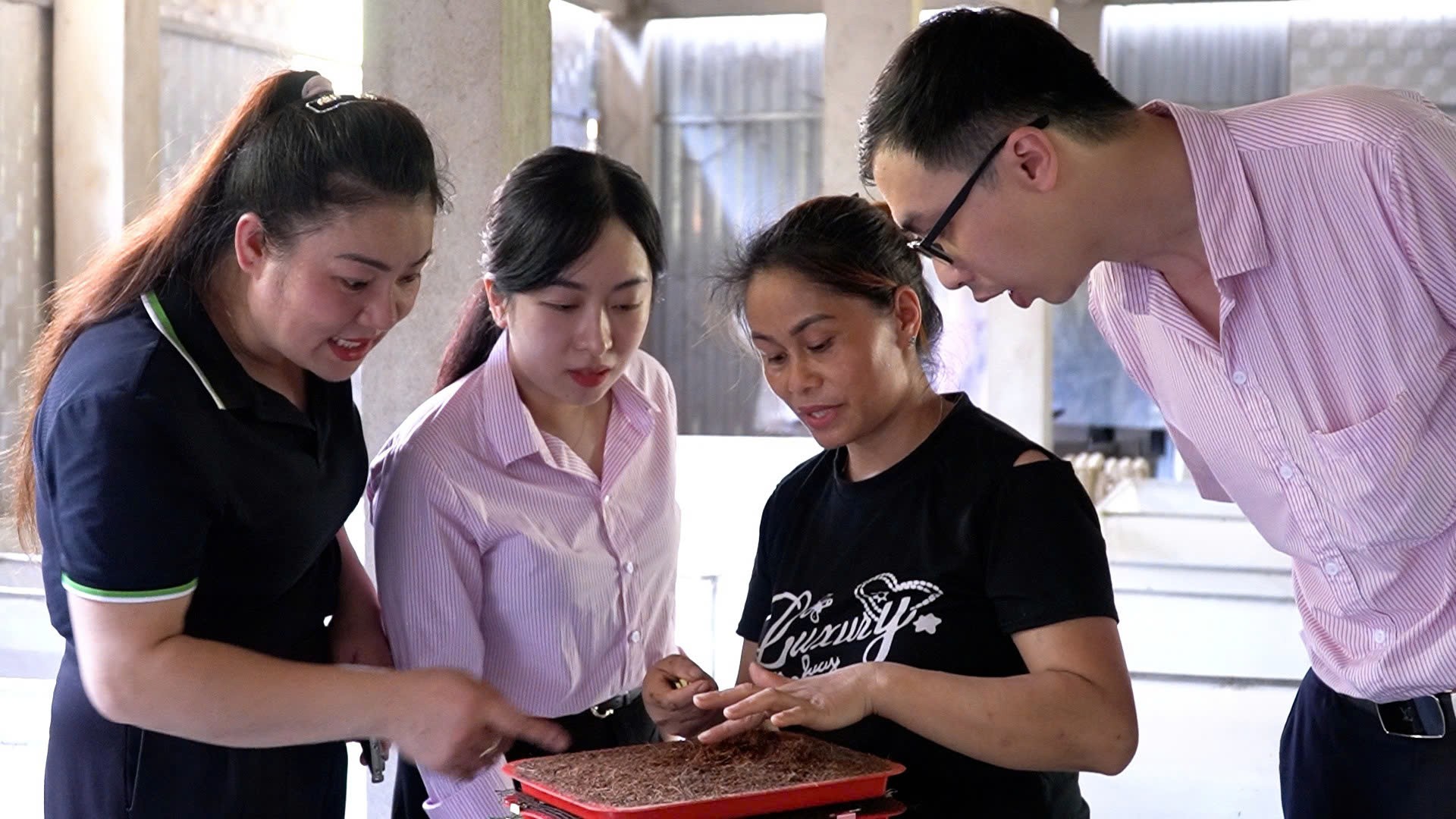
Realizing the economic efficiency that this model brings, up to now, A Ha village has 4 households maintaining and developing the cricket farming profession.
Thanks to cricket farming, Ms. Luong Thi Hien's family in A Ha village, Lien Son commune has had a stable source of additional income in addition to rice farming and developing buffalo and cow farming, corn growing and chicken raising.
With 50 cricket cages, each harvest she sells over 500 kg of commercial crickets at 120,000 VND/kg.
Crickets are easy to raise, do not make noise or smell bad. During the day I go to work in the fields, and at night I feed the crickets and clean the cages, without affecting my main job. Raising crickets is easier and costs less, so I have more conditions to make a living."
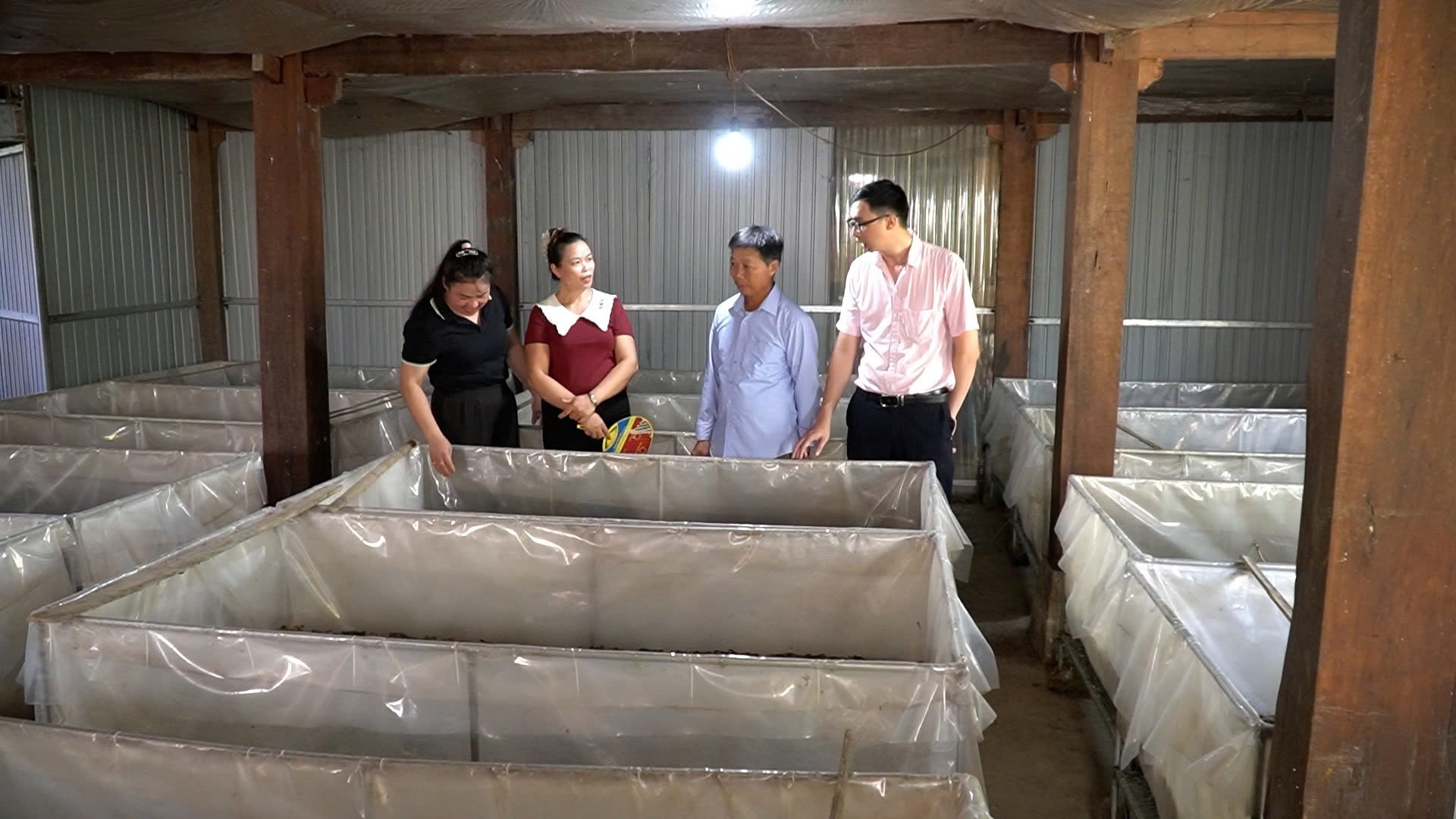
Commercial crickets are known as a nutritious product, used to make delicious dishes such as crispy fried crickets, crickets fried with lemon leaves, fried crickets in flour, and are included in the menu of many restaurants in Nghia Lo.
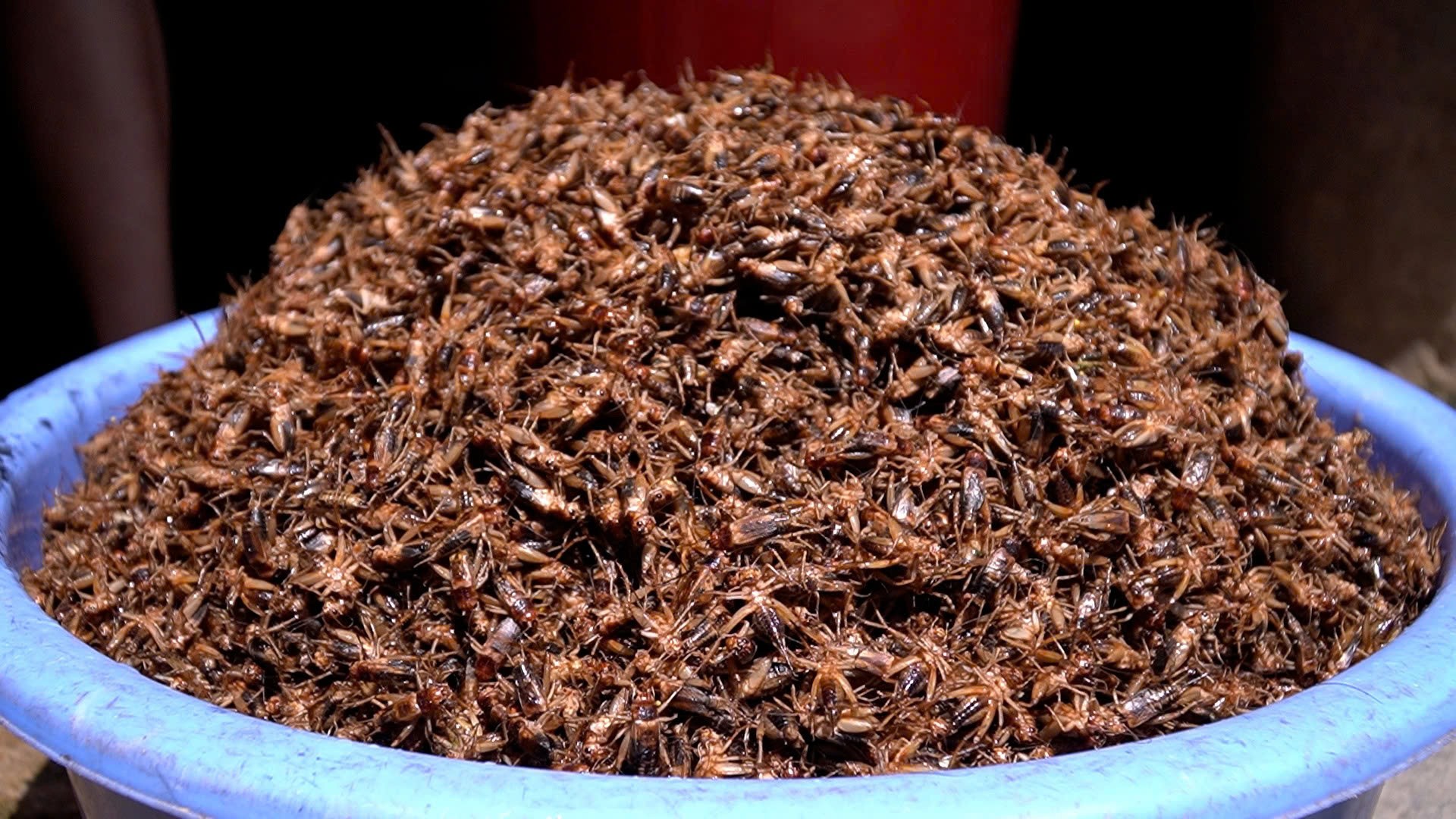
Mr. Nguyen Thanh Xuan, Chairman of the People's Committee of Lien Son commune, said that the special feature of Lien Son commune is that there is little land, so finding new development directions to increase people's income is very necessary.
In recent years, local people have been very active in researching and selecting plants and animals for cultivation. Raising crickets is the most suitable model because it requires little investment capital, takes advantage of the area around the house and available food sources.
Because the households raising crickets have mastered the care process, the results are obvious. Currently, the commune continues to encourage people to maintain and expand cricket farming to earn more income.
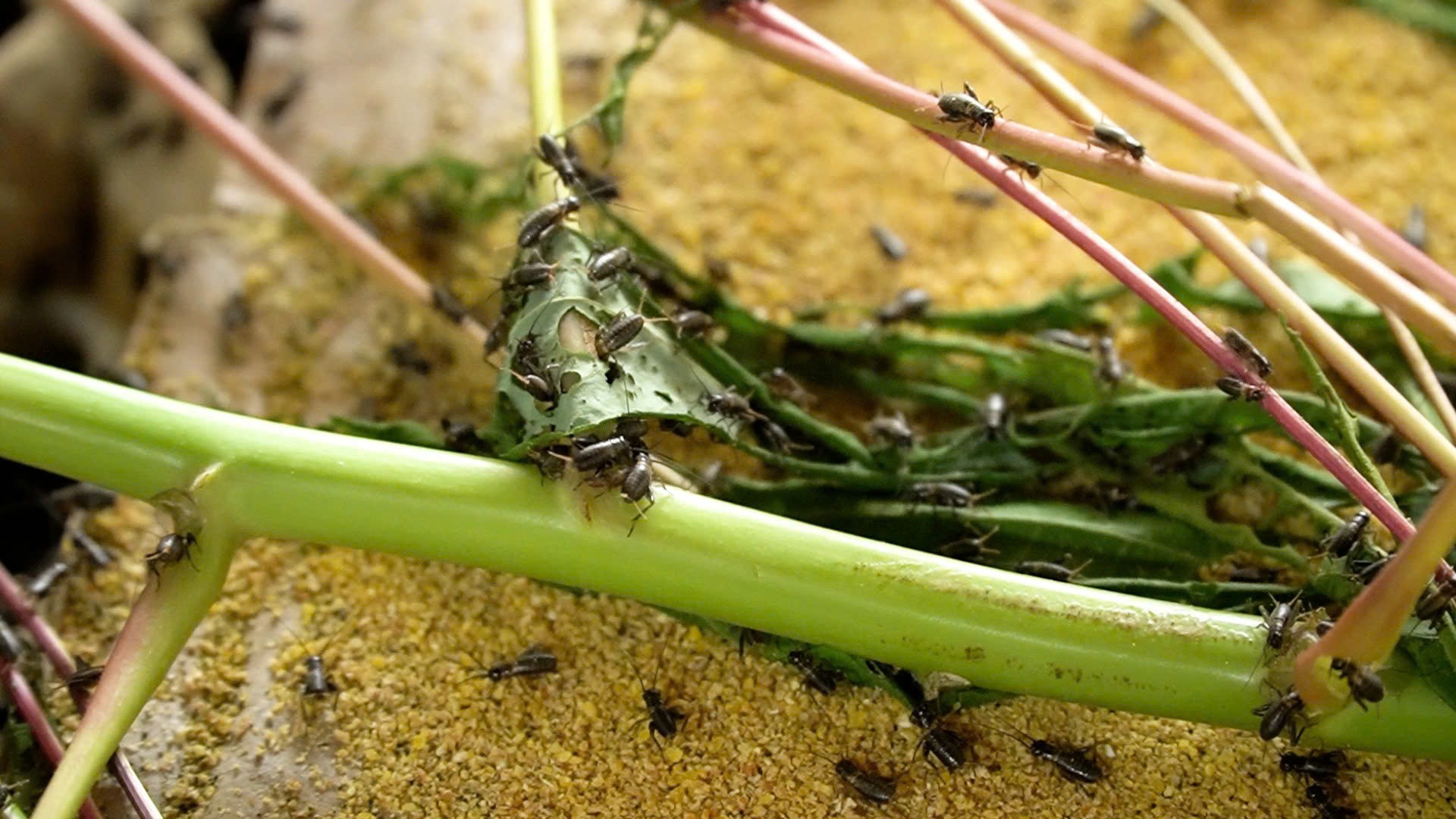
Not only in Lien Son commune, but also in some wards in Muong Lo field area, there are more than 10 households raising crickets. In order for cricket farming to develop sustainably, many opinions say that it is necessary to build a chain of links from production, purchasing to processing.
At the same time, localities need to support brand building and promotion of processed cricket products, contributing to creating stable output and increasing income for people.
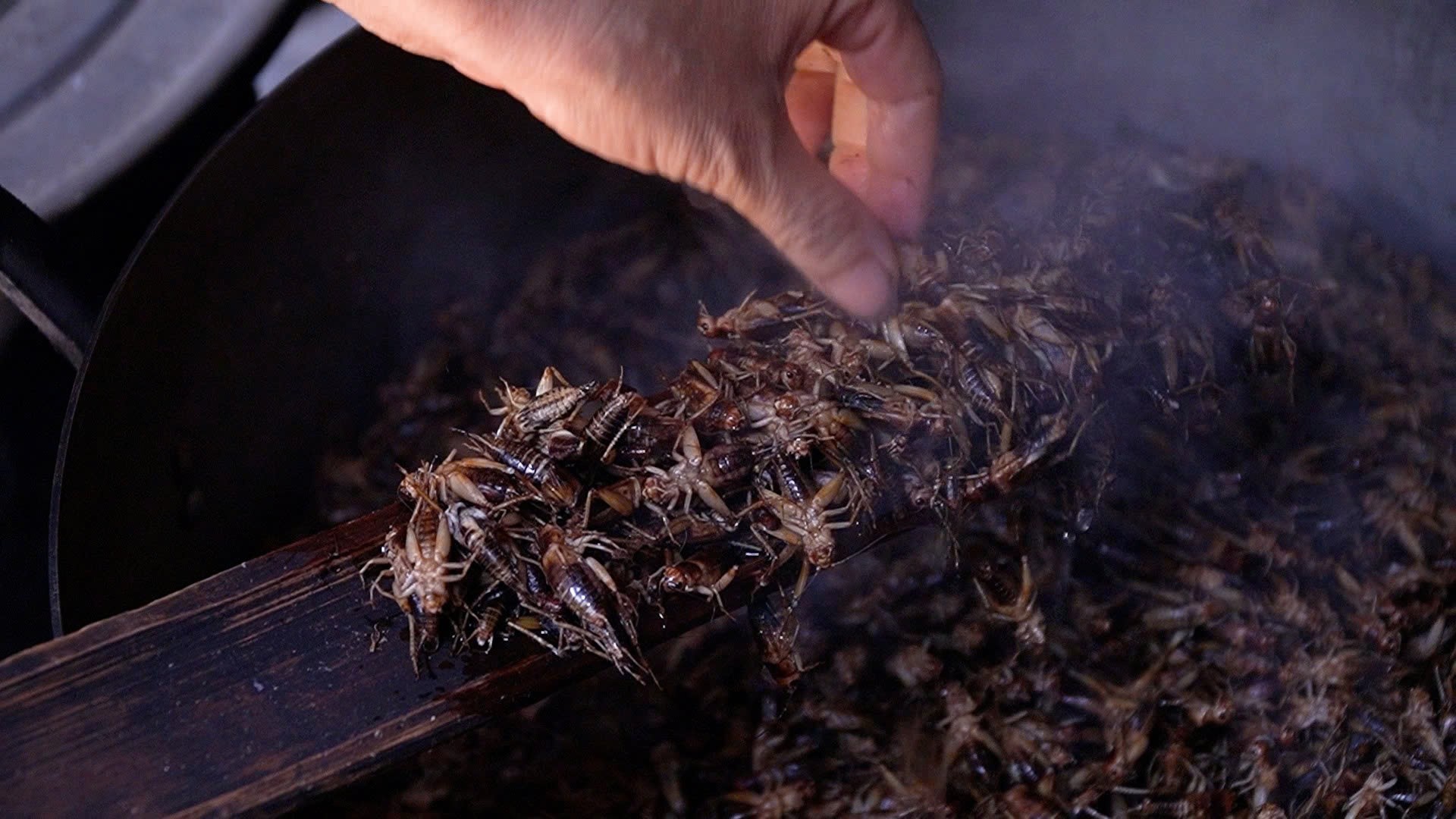
In the context of high prices of agricultural materials and people lacking capital for production, cricket farming is considered a suitable direction, not only helping many households escape poverty but also opening up business opportunities for rural people.
Source: https://baolaocai.vn/nuoi-de-men-huong-di-moi-mang-lai-hieu-qua-kinh-te-cho-nguoi-dan-post648812.html



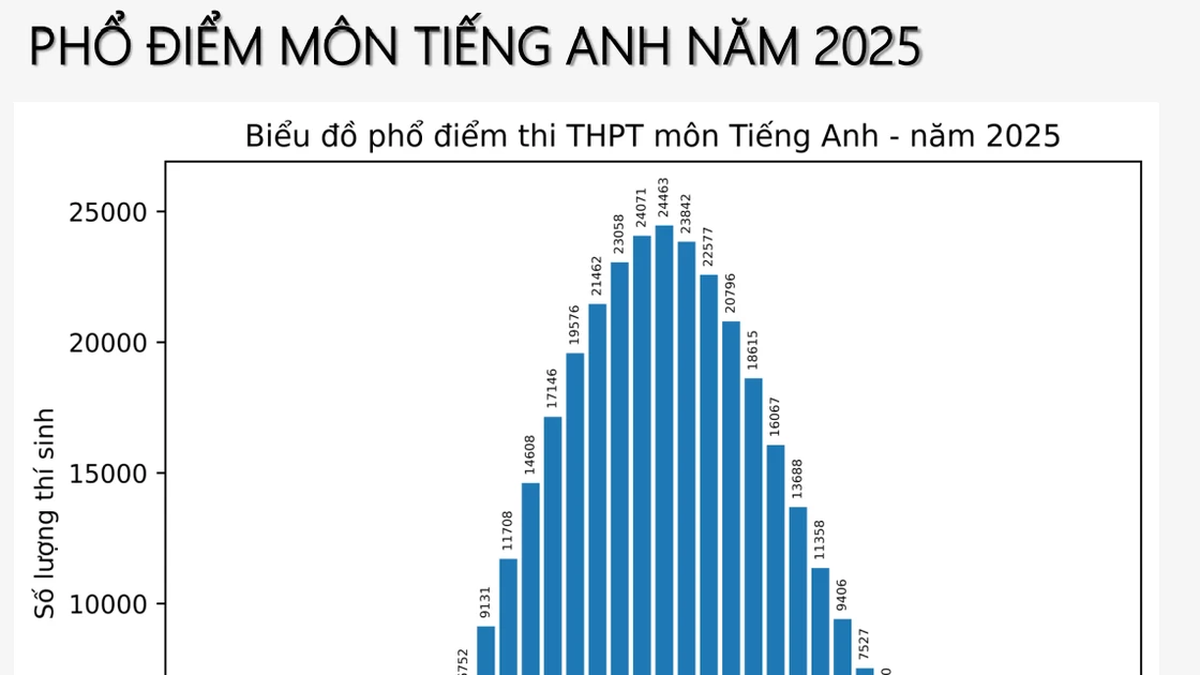



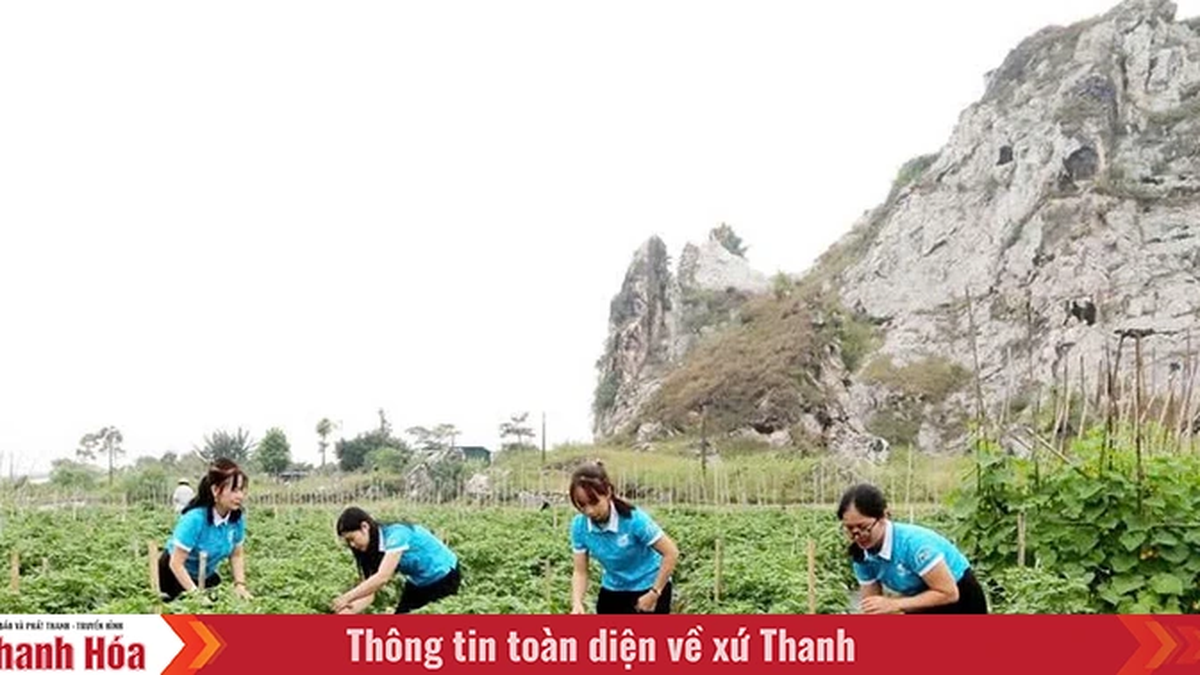
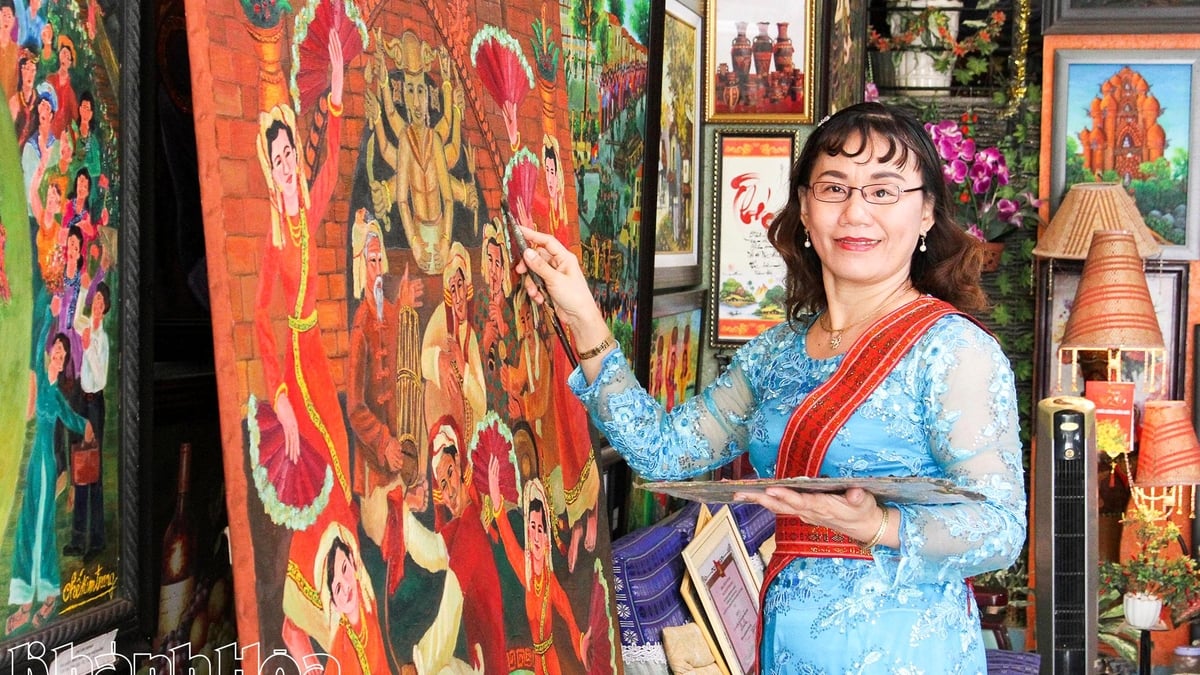

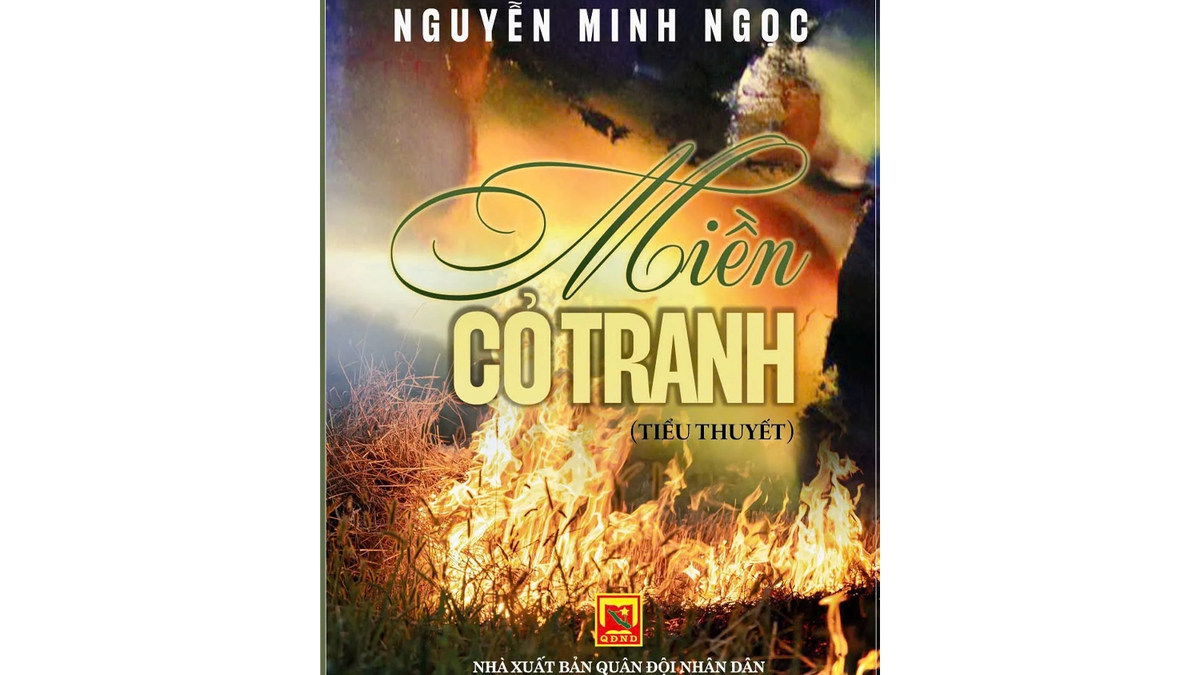
















































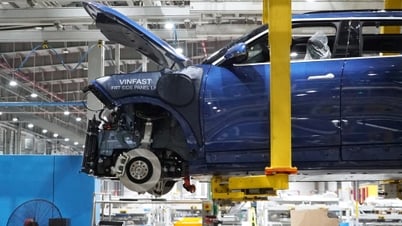





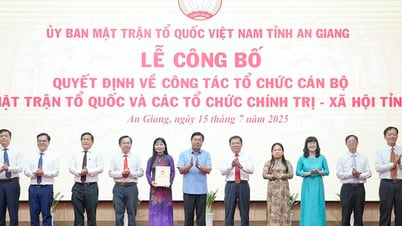


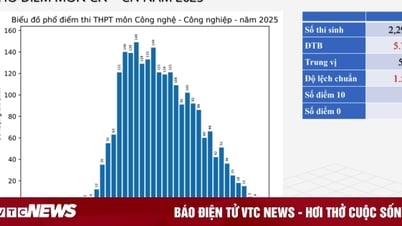

































Comment (0)